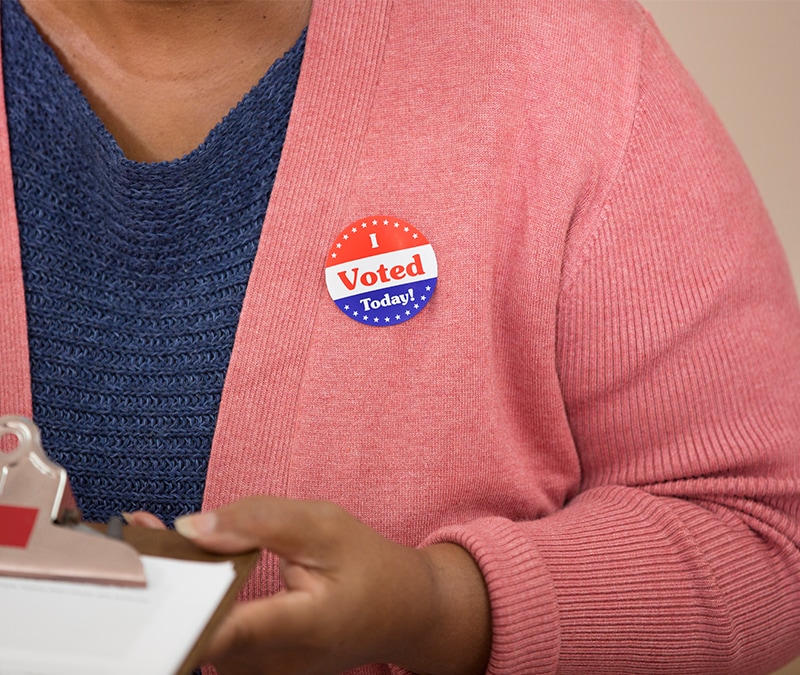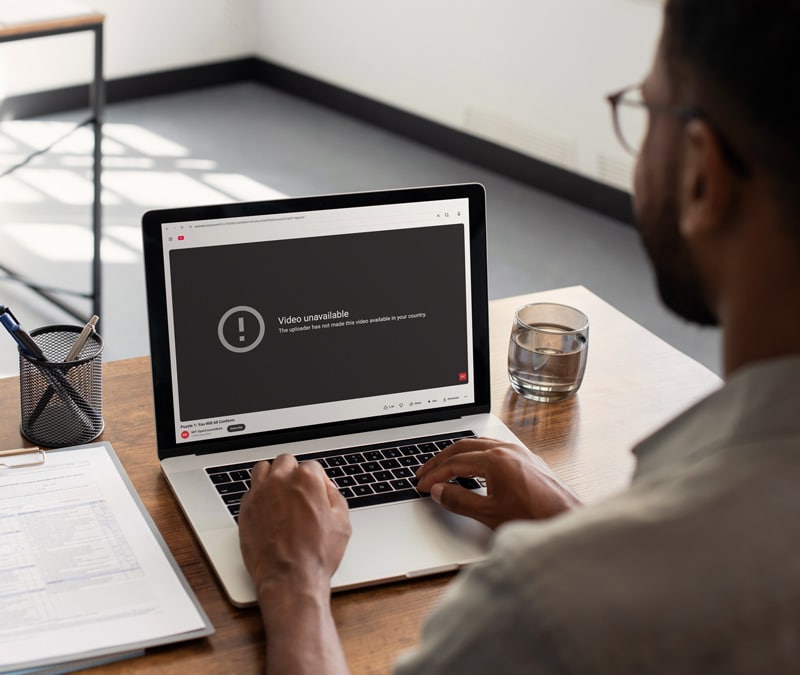How are votes counted—Security in modern elections
With elections increasingly relying on digital tools, many wonder: How are votes counted accurately and securely? Whether cast early, through the mail, or on Election Day, every ballot goes through a detailed process with safeguards in place.

Election Day is almost upon us, and people are casting their votes to make them count. But, how exactly are so many votes actually counted? After all, there are so many precincts and people voting—it’s a huge task with many moving pieces.
Let’s dive into some of the processes, safeguards, and technology used to count the millions of votes coming in.
How are votes counted—A ballot-casting breakdown
Vote counting procedures vary across states due to individual laws and protocols, but what they have in common is rigorous ballot verification processes. States may require audits or paper trails to ensure every vote is counted accurately and fairly.
For example, states like Arizona run rigorous post-election audits to validate their digital counts, helping build public trust. States with large mail-in voting systems may use signature verification or barcoding technologies to manage the volume while keeping the process secure.
How are votes counted for mail-in ballots?
Mail-in ballots go through several layers of verification before they are counted. Election workers check each ballot for valid signatures, match the voter’s information with registration records, and use barcodes to track the ballot’s journey. Additional safeguards, such as secure drop boxes and tamper-evident envelopes, help prevent fraud and maintain voter confidence in the process.
How are votes counted on Election Day?
Votes cast on Election Day are processed with the aid of digital tools like voting machines and optical scanners. These systems record votes electronically, with many states also requiring a paper backup to ensure accuracy.
After polls close, election officials transport physical ballots to secure locations where they are tallied. Post-election audits and recounts in tight races further guarantee that the results reflect voters' intent.
The role of technology in how votes are counted
Technology plays an ever-expanding role in election integrity, with new tools enhancing both speed and accuracy. Blockchain, for instance, offers a tamper-resistant ledger for vote tracking, ensuring that results are verifiable and immutable. Meanwhile, AI tools present opportunities for enhancing election security.
Despite these advances, many jurisdictions continue to use paper ballots as a fallback mechanism. This blend of digital and manual systems provides the best of both worlds—technological efficiency paired with the reliability of physical records. However, the shift toward more digital voting also introduces cybersecurity risks, such as election hacking attempts, hence the need for robust security protocols.
Protecting the vote—Cybersecurity measures to ensure accurate counting
Securing election systems against cyber threats is critical to protecting voter confidence and democratic integrity. Some key cybersecurity strategies include:
- Encryption of votes: Encryption ensures that ballots are kept confidential and cannot be altered in transit.
- Regular audits and verification processes: Audits help verify results by comparing digital tallies with paper backups, identifying any discrepancies.
- System updates and patching vulnerabilities: Regular updates close security gaps, preventing hackers from exploiting outdated software.
- Voter verification and 2FA for election officials: Two-factor authentication provides an extra layer of security, ensuring only authorized personnel access critical systems.
The results are in
Though counting votes is a straightforward task, it takes a lot of security protocols and technology—not only to make the process as seamless as possible—but also to ensure transparency, integrity, and security. After all, the U.S. is vast and there’s a lot of votes to tally … including yours.
FAQs about vote counting and security
Who counts ballots and how are they counted?
Trained election officials handle the ballot counting process, following strict guidelines to ensure accuracy. Counting involves either machines, manual tallying, or both, depending on state protocols.
Where are votes counted in national elections?
Votes are tallied in local election offices or counting centers, with results reported to central authorities. Some states use multiple locations to manage large voter populations efficiently.
When do they start counting votes?
In many cases, early and mail-in votes are counted before Election Day, with results embargoed until polls close. Election Day votes start to be counted that same day.
What happens if a vote is lost or miscounted?
If ballots are lost or miscounted, election officials conduct recounts or audits to identify and correct errors. Voters may also verify whether their ballots were accepted through official tracking systems.
Editorial note: Our articles provide educational information for you. Our offerings may not cover or protect against every type of crime, fraud, or threat we write about. Our goal is to increase awareness about Cyber Safety. Please review complete Terms during enrollment or setup. Remember that no one can prevent all identity theft or cybercrime, and that LifeLock does not monitor all transactions at all businesses. The Norton and LifeLock brands are part of Gen Digital Inc.




Want more?
Follow us for all the latest news, tips, and updates.